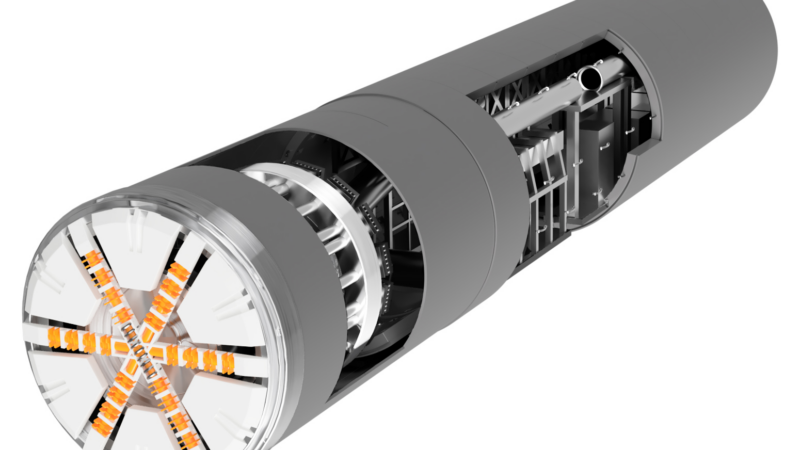Reducing nitrogen consumption in convection soldering with Rehm Thermal Systems‘ patented mechatronic curtain
Due to the variety of electronic component geometries, the assembly height varies from 5 to 30 mm. These differences lead to the requirement that the throughput height in a convection soldering system be specified at 30 mm upwards and 20 mm downwards. Additionally, due to e-mobility, there is also a need for throughput heights of 50 to 100 mm upwards. This requirement results in an increasing open area at the entrance and exit of the convection soldering system, thereby drastically increasing the consumption of nitrogen necessary for process inertization. This effect is particularly noticeable when soldering assemblies with different heights at the lower and upper limits. For example, the „chicken feed“ on the first page serves as an example.
The histogram illustrates that there are indeed assemblies with a total height of up to 30 mm, and the facility must offer the necessary flexibility, but their quantity is very small. 90% of the components are not higher than 7 mm, thus it becomes apparent that for this product group, the upper and lower throughput heights are oversized, resulting in more nitrogen escaping from the system than would be the case if the curtains were optimized for this height.
Solution approach
To achieve both the maximum required throughput height and the always optimal nitrogen consumption for lower assemblies, Rehm Thermal Systems has patented, developed, and mass-produced the mechatronic curtain. In the process, movable curtains are installed at the inlet and outlet of the oven, which guarantee the optimal distance to the assembly depending on its height.
Another advantage is that when production interruptions occur, the system is switched to EcoMode, in which the curtains completely close the inlet and outlet. As a result, less heat and nitrogen escape from the system, thus enhancing the savings of EcoMode.
Benefit
Figure 3 shows the savings achieved through these measures. It involves an assembly with a width of 244 mm, a length of 305 mm, and a height of 7 mm. With this measure, about 27% of nitrogen is saved at 500 ppm residual oxygen, and about 20% at 1000 ppm.
These study results show that the mechatronic curtain can meet both the flexibility of the systems and the increasingly stringent requirements for resource efficiency.
Rehm Thermal Systems is a specialist in the field of thermal system solutions for the electronics and photovoltaic industries and is recognized as a leader in technology and innovation for the modern and cost-effective manufacturing of electronic assemblies. As a global manufacturer, we offer a wide range of products, including convection, condensation, or vacuum reflow soldering systems, drying and coating equipment, functional testing systems, equipment for the metallization of solar cells, and numerous custom solutions. With over 30 years of industry experience, we operate in all significant growth markets and provide innovative manufacturing solutions that set industry standards.
Contact
Rehm Thermal Systems
Carmen Hilsenbeck
Leinenstraße 7
89143 Blaubeuren
Phone: 07344 9606 535
Fax: 07344 9606 525
E-Mail: 
Url: http://www.rehm-group.com






